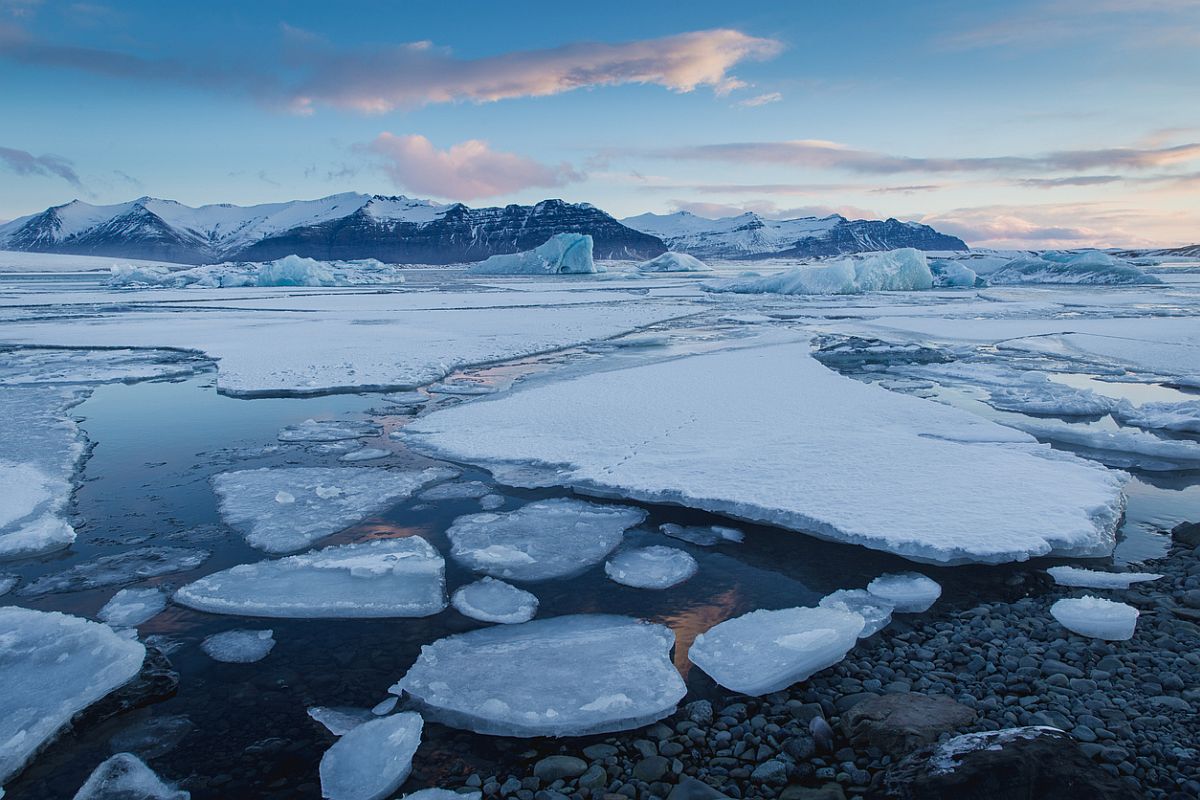Climate activist Greta Thunberg detained twice during demonstration in the Netherlands
Over 400 people were detained on Saturday, according to the police, including 12 for incitement. Activists said Thunberg was freed later.
One is to empower people to participate effectively in environmental decision-making, environmental governance, climate mitigation and climate adaptation.

(Photo: iStock)
The impact of climate change is becoming more and more visible – glaciers are disappearing, the Antarctic and Greenland ice sheets are melting, and seas are rising. Global sea levels rose by about eight inches during the last century, and the rate of increase is accelerating every year. Global temperatures have risen by over 1.6o Fahrenheit (0.9o Celsius) – going even higher in the polar regions. There has also been an increase in precipitation (snow and rainfall) in a number of places, while in others severe drought is taking place and desertification is spreading.
A recently released report by the Ministry of Earth Sciences of the Government of India states that over the course of this century climate change will increase rainfall, as well as the frequency of cyclones, floods, sea level rise and droughts across the country. Long-term socio-economic impacts will result in food and energy shortage and an increase in poverty and migration. Many of the impacts of climate change remain unknown.
A Pandora’s box of illnesses could be unleashed, as permafrost melts and the ice beneath it may harbour and release numerous viruses and bacteria that have been trapped for centuries. How can we deal with these challenges? A complete re-orientation of environmental governance systems is required, along with greater public participation in environmental conservation, and climate mitigation and adaptation. Education thus plays a key role. Environmental and climate education has two major purposes.
Advertisement
One is to empower people to participate effectively in environmental decision-making, environmental governance, climate mitigation and climate adaptation. Second is to develop a cadre of professionals who can play an effective role in environmental governance and sustainable development. Enhancing environmental literacy through education and training is imperative for bringing about a change in attitudes and behaviour, strengthening public participation in environmental matters and ultimately giving rise to effective environmental governance.
For, as Abraham Lincoln observed, ‘the philosophy of the school room in one generation will be the philosophy of government in the next.’ To be effective, however, environmental education needs to incorporate regional and local specificities, as its purpose is not merely theoretical learning, but empowering communities to be able to deal with climate change and other environmental problems, and participate effectively in the mitigation of these problems. A rural community in the Himalayas facing the direct impacts of the melting of glaciers, natural disasters, forest, biodiversity and crop loss faces different challenges from one living in a coastal area and facing sea level rise and increasing saline intrusion.
Therefore, climate adaptation and mitigation responses need to be designed not only at the global, regional and national levels, but also at local levels. Local communities are key partners in effective environmental governance. They need to be educated and empowered accordingly. For this, data on local environmental conditions and issues needs to be included in environmental studies curricula, as well as in programs developed for adult members of communities.
Through this participation by local communities, environmental decision-making and environmental governance can be strengthened. Sound decisions related to the environment cannot be taken by just anyone, whether a policy-maker, EIA consultant or ordinary citizen. Effective environmental education programmes in and out of school will play a key role in understanding and addressing the challenges we face.
While courses in schools will help to shape environmentally-sensitive citizens who are committed to conservation, college level courses will enable the development of a cadre of professionals who can work to advance conservation and sustainable development. To design and implement effective sustainability and climate change policies, people across a variety of professional sectors will need to join hands – researchers, scientists, educationists, policy-makers, administrators, industrialists and businesspersons, lawyers, citizen groups and social activists.
Environmental and climate change studies thus need to be multi-disciplinary. Thus, having an undergraduate multidisciplinary program for students which educates them in climate, environmental and sustainability science, policy and law is the need of the hour. By combining classroom learning with practical fieldwork, such a course will equip students to holistically tackle global problems. Education is a vital element of the response to environmental degradation and climate change. The most powerful tool in our hands is knowledge – gathering more, disseminating more, and using it to develop and implement effective responses and solutions.
(The writer is Assistant Professor and Assistant Dean of Student Affairs, Jindal School of Environment and Sustainability, Jindal Global University)
Advertisement